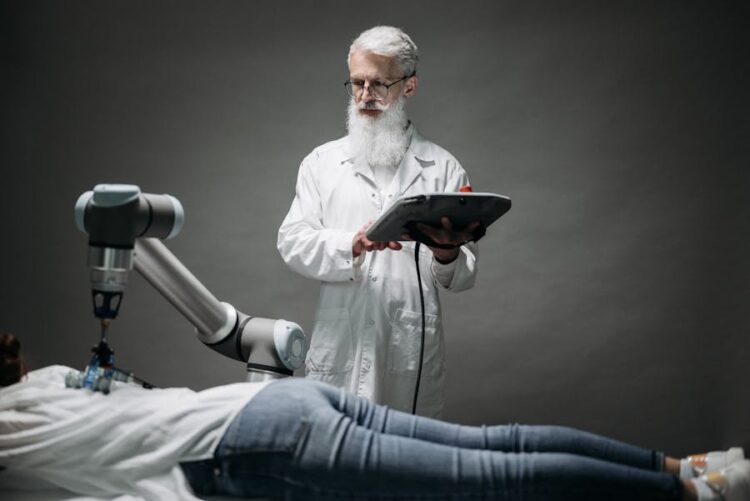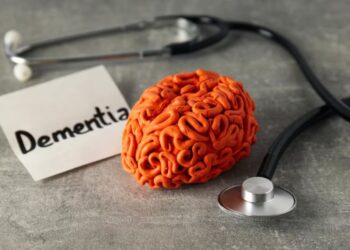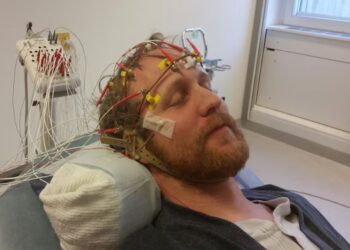As technology speeds ahead at an unprecedented pace, its impact on our daily lives grows ever more profound, particularly in enhancing personal safety and reducing injury risks. Innovations in artificial intelligence, high-tech devices, and other technological advancements hold the potential to drastically reduce the number of personal injuries across various scenarios—from traffic accidents to medical mishaps. This article explores how cutting-edge technology transforms safety measures and what this means for you in everyday situations.
Understanding Personal Injury And How Technology Can Have A Positive Impact
Personal injuries occur in all sorts of environments for various reasons. Traffic collisions, workplace accidents, slip and fall accidents, and medical malpractice are among the most common causes. Each situation presents unique challenges that technology aims to mitigate, offering solutions to reduce the frequency and severity of such incidents.
According to the experts at Yosha Law Firm, more and more legal professionals recognize the profound impact that high-tech solutions and AI can have on preventing personal injuries and managing the aftermath of an incident. Here’s how these technologies are reshaping the legal landscape:
- Evidence collection: AI and high-tech devices provide precise and indisputable data, which can be crucial in personal injury claims. For instance, data from vehicle black boxes, CCTV footage enhanced by AI, and records from wearable tech can provide clear evidence to support claims of liability and damages.
- Case management: AI-driven tools help lawyers and legal experts manage cases more efficiently by organizing big data and predicting outcomes based on historical trends. In turn, based on the data, lawyers and personal injury victims are better prepared to make decisions and handle claims and lawsuits.
- Client communication: Technologies such as secure client portals facilitated by AI allow for seamless communication between clients and attorneys. This ensures that all parties are consistently updated about case progress and required actions, enhancing the client service experience.
- Settlement predictions: AI algorithms can analyze previous case outcomes and help predict the settlement ranges for similar personal injury claims. This information can be invaluable during negotiations, ensuring clients receive fair compensation for their injuries.
Hi-Tech Innovations In Traffic Safety
Technological advancements have significantly impacted automotive safety, introducing never-seen-before safety features:
- Traffic management systems: Advanced monitoring and data analytics can predict and manage traffic flow to reduce congestion and speed-related accidents.
- Autonomous driving systems: Self-driving cars, equipped with AI and sensors, can detect obstacles, interpret traffic signals, and make navigational decisions that reduce human error, the leading cause of traffic accidents.
- Advanced Driver-Assistance Systems (ADAS): Features like automatic braking, lane-keeping assist, sensor-based parking, or adaptive cruise control (among others) help us avoid collisions by compensating for human reaction time and attention lapses.
- Vehicle-to-Vehicle communication: This tech lets cars communicate with each other, sharing information about speed, direction, and road conditions, thereby preventing many types of collisions.
These innovations enhance driver safety and protect pedestrians, cyclists, and other road users, paving the way for safer roads worldwide.
AI and High-Tech Solutions For Preventing Slip and Fall Accidents
Slip and fall accidents are one of the biggest concerns in personal injury law, especially because they occur in public spaces and have disastrous effects for the elderly. Technology offers several promising solutions to address these risks:
- Flooring technology: New materials and smart flooring systems can detect when someone falls, immediately notifying emergency services or family members.
- Wearable devices: Smartwatches and fitness trackers that detect sudden movements typical of falls can alert users and their caregivers, potentially speeding up response times and preventing further injury.
- Environmental monitoring systems: Sensors and AI can monitor environments for hazards like wet floors or unexpected obstacles, providing real-time alerts to premises managers to address these risks promptly.
Revolutionizing Medical Safety with AI
Medical malpractice remains a significant issue, with misdiagnoses and surgical errors posing severe risks. AI and technology offer groundbreaking solutions:
- AI diagnostics: Artificial intelligence can analyze medical data (gathered in huge amounts) more quickly and accurately than human practitioners, reducing diagnostic errors.
- Robotic surgery: Surgical robots, guided by surgeons with a precision that surpasses human capability, can perform complex procedures with fewer errors and reduced recovery times.
- Electronic Health Records (EHRs): Improved data management through EHRs helps ensure that critical patient information is accurate and readily available, minimizing the risk of medical errors.
Can We Embrace a Safer Future with Technology?
Integrating AI, high-tech devices, and innovative solutions into our daily environments is not just a trend—it’s a transformative shift towards significantly safer personal spaces. As these technologies become more pervasive, their potential to reduce personal injury risks will likely become more pronounced, offering a promising public health and safety outlook. While the journey is ongoing and not without challenges, the proactive adoption and support of technological advancements play a crucial role in safeguarding individuals from everyday hazards and improving overall quality of life.










